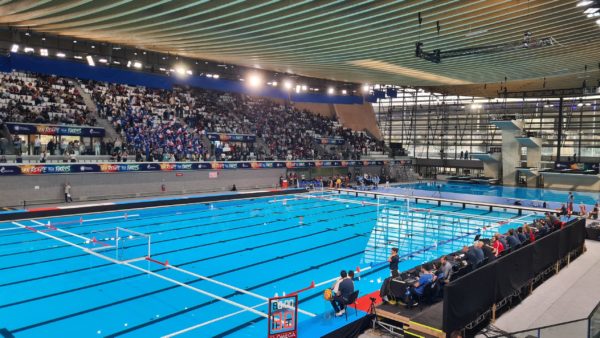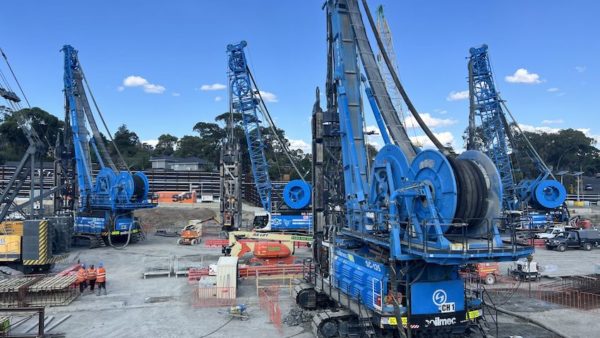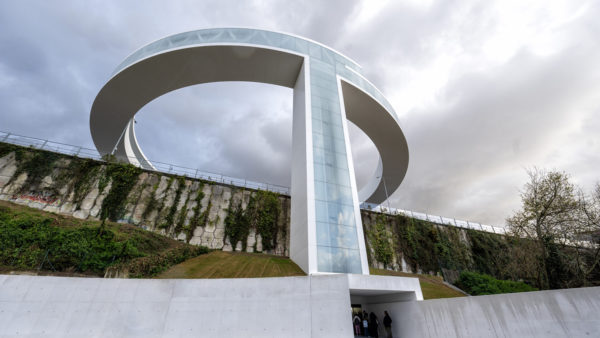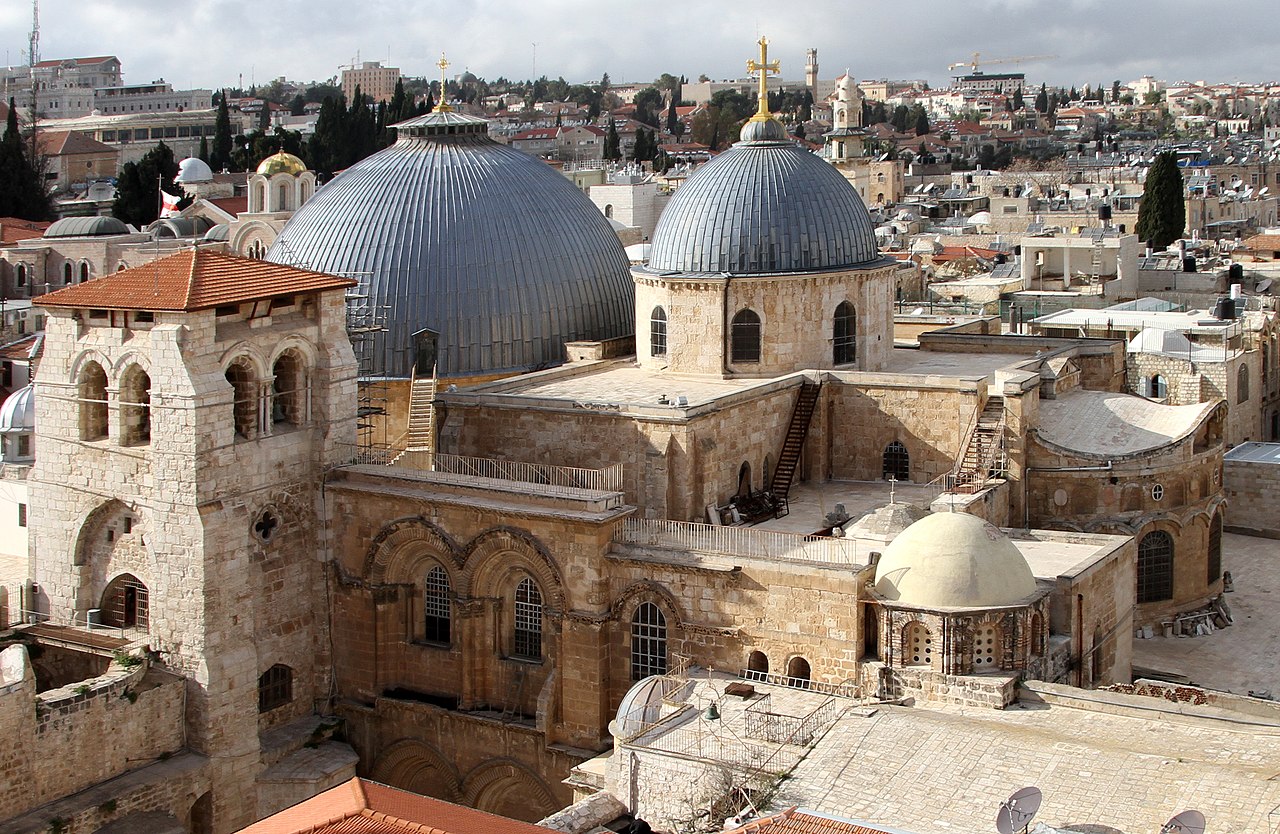
A major restoration project at Christianity’s most hallowed place, the Church of the Holy Sepulchre in Jerusalem, has begun with a high-tech start.
By collecting more than 50,000 detailed images, built-environment researchers from the Politecnico di Milano have created detailed 3D models of the church’s floor ahead of the project, begun on 14 March, to conserve and restore it, conduct archeological research and install plumbing and other services at the site where Jesus is said to have been crucified and resurrected.
The project, jointly funded by the Catholic, Greek Orthodox and Armenian churches, will also evaluate the stability of the Holy Edicule, a shrine built to enclose what is considered to be Jesus’ empty tomb.
Led by architect and archeologist Osama Hamdan of Jerusalem’s Al Quds University, the team collected the data between September and October 2021 using a bespoke system.
“The system we designed,” said Prof. Luigi Fregonese from Politecnico di Milano, “consists of a special trolley on which we engineered an articulated lighting and acquisition system, with controlled intensity and colouring.
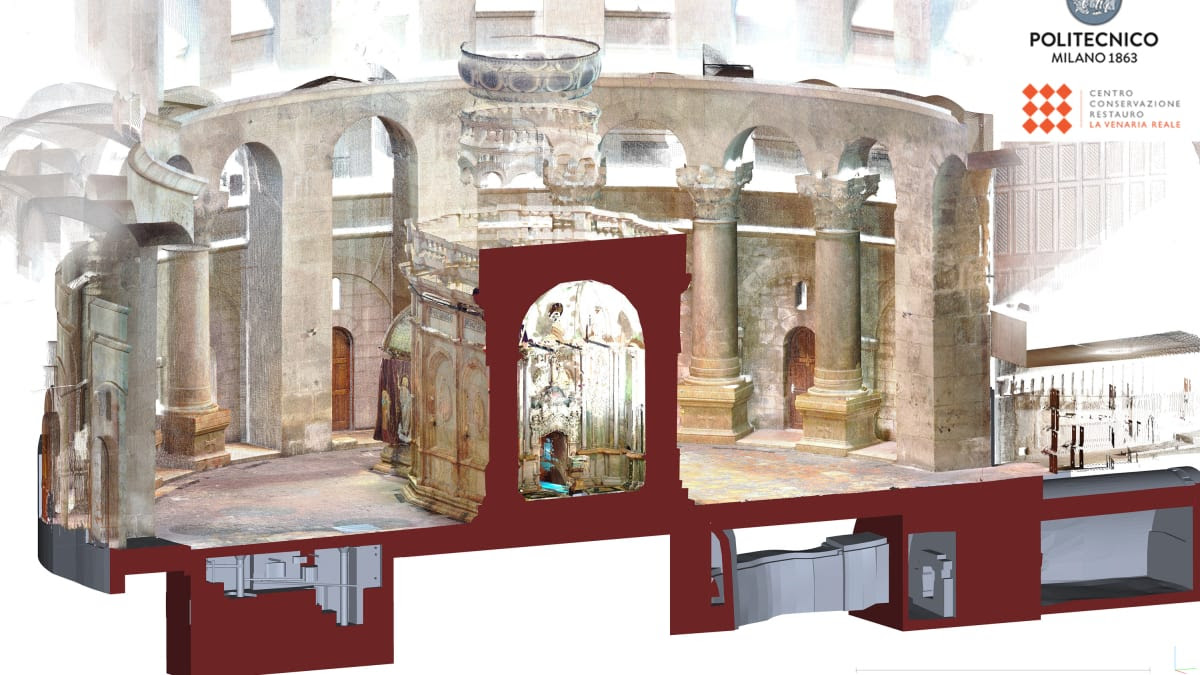
“This was integrated with a topographic survey for processing and verifying the final result, a digital image – an orthophoto, with very high resolution, metrically reliable and precise – of the entire floor of the Church of the Holy Sepulchre.”
Data collection had to unobtrusive so as not to disturb hundreds of pilgrims coming to the site every day.
The model was created by MantovaLAB-Hesutech research group from Politecnico di Milano Mantua Campus, coordinated by professors Andrea Adami, Luigi Fregonese, Stefano della Torre and Mantua Campus vice rector Federico Bucci.
The project manager for the restoration, on behalf of the Custody of the Holy Land, is the Centro di Conservazione e Restauro La Venaria Reale (CCR-VR) in Turin, with the support of a multidisciplinary team, while the direction of the archaeological excavation has been entrusted to La Sapienza University of Rome.
Further reading:






